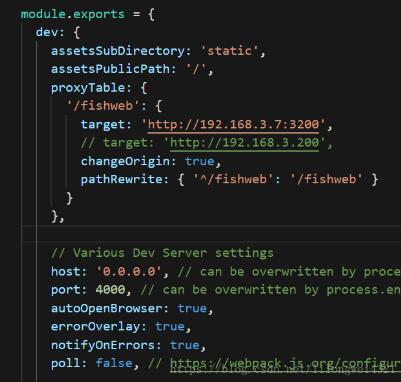

Otherwise you should take a look at axios instances and create one to make those authorization required requests. If you only call that especific api this is just your fit. Seeing the problem here? your jwt is leaking now to another services. One thing that i have to mention is that ALL requests that your users make with axios will now leave the browser with that header, that can be a problem if you call another service on another host that doesnt need that header. now every time your token changes you'll have axios aware of that and using that header fieldĬonlusion and toughs on setting authorization as a default header for axios.Īxios documentation is pretty complete you should look at that to give you more insights on the capabilities. So when you want to call an authorization required api you will find yourself doing a method like the bellow one.Īxios.

To start you'll have to install axios, if you've not done so. Authorization is just an example too you can use it for an APi key that you need, or for that matter any custom header that you like Practical example with react and Axios
#AXIOS DEFAULTS HOW TO#
I will show you how to use it in react but you can use it in any JavaScript framework like react, react-native, next.js, nodejs or plain JavaScript. In this post i will show you how i handle the authorization injection in axios. Used in a lot of frameworks either backend or frontend as long as it is JavaScript powered. Instead of passing the authorization token you can handle and instruct axios to save you from that boilerplate code.Īxios is a very usefull http client library that can make a lot for us. While using a frontend client like React you often find yourself calling the backend and using the same code to give axios a JsonWebToken or an Api Key to authorize the client and fulfill the request in the backend code.


 0 kommentar(er)
0 kommentar(er)
